Synthetic diamonds, diamond simulants and natural diamonds, if you find yourself getting confused when it comes to terms used to describe different stones in the fine jewelry industry you’re not alone. But have no fear, in this article, we’ll break down the difference between mined and man made diamonds, as well as diamond simulants, to help you get a better understanding of which kinds of stones are available on the market.
What Is a Diamond Simulant
So, first things first, what is a diamond simulant? The Gemological Institute of America(GIA) defines a simulant as the following, “the jewelry industry uses the term “simulant” to refer to materials that look like another gem and are used as its substitute but have very different chemical composition, crystal structure and optical and physical properties. These simulants, also known as imitations or substitutes, can be natural or man made.” While there is some truth to this, there are good, better and best when it comes to diamond simulants.
Diamond simulants are stones that are created to look like a natural diamond but are composed of different materials. As mentioned above, diamond simulants share similarities in appearance to diamonds, however, some alternative stones are of higher quality than others. Because simulants don’t share the same chemical and physical properties as the real thing they are available for purchase at a much lower price.
In addition, naturally occurring gemstones that look like a diamond may also be classified as a diamond alternative, although they’re not diamond simulants since they aren’t trying to appear like diamonds.
Simulated Diamonds vs Synthetic Diamonds
Did you know: Simulated diamonds and synthetic diamonds are not the same.
Unlike a simulated diamond, synthetic diamonds are lab grown diamonds that share the same physical and chemical properties as a natural diamond. To put it simply, synthetic diamonds are real diamonds.
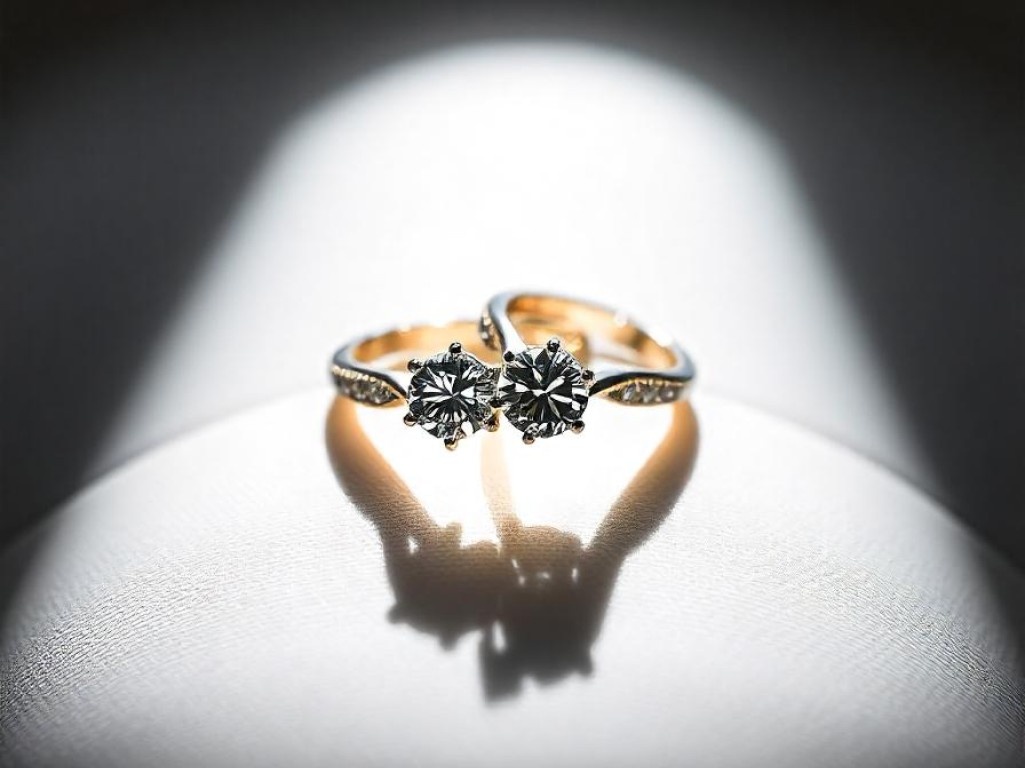
These lab created diamonds are indistinguishable from their natural counterparts, “identifying synthetic diamonds can be a challenge, because the optical and physical properties of synthetic diamonds are identical to those of natural diamonds. Only a gemological lab with advanced testing equipment can authoritatively determine whether a diamond is natural or synthetic,” said GIA.
Why Choose a Diamond Simulant
Conflict-Free:
Diamond simulants are growing in popularity among ethically-minded shoppers as these lab grown stones don’t contribute to the poor working conditions, human rights violations and child labor associated with the traditional diamond mining industry. Choosing a diamond simulant means that you know exactly where your gem is coming from and you can rest easy knowing that no one was harmed in the process.
Environmentally Friendly:
Not only is mining for diamonds damaging to human life, the industry is also responsible for the destruction of countless landscapes, habitats and wildlife each year in places like Africa, Russia, Australia and Canada (yes, even the so-called ethically diamonds from Canada wreak havoc on the environment).
Price Tag:
Last but not least, price is often a major factor when choosing the perfect stone for your forever adornment or fine jewelry for any occasion. When you purchase a diamond simulant, you can expect to pay up to 80 percent less than you would for a traditional diamond.
Comparing Simulated Diamonds to Natural Diamonds
The primary difference between lab diamonds and mined diamonds lies in price and quality. The effectiveness of a simulated diamond as an alternative depends on the specific type chosen. Here’s how some popular diamond simulants compare:
| Stone Type | Physical Properties | Durability (Mohs Scale) | Chemical Composition |
| Natural Diamond | Clear color with exceptional brilliance | 10 | Pure carbon with possible trace elements |
| Nexus Diamond™ Alternative | Closely mimics appearance of a perfect diamond | 9-10 | Proprietary blend of elements |
| Moissanite | More sparkly than diamonds; unique facet pattern | 9.5 | Silicon carbide |
| Cubic Zirconia | Emits a disco-ball effect; commonly used in costume jewelry | 8.5 | Zirconium dioxide |
| White Topaz | Glassy appearance; less sparkle than diamonds | 8 | Silicate mineral formed from fluorine & aluminum |
| White Sapphire | Can appear milky or cloudy; less sparkle than diamonds | 9 | Naturally occurring corundum |
Which Diamond Simulant Is Best?
Not all simulants are created equal. When selecting a stone for an diamond ring or fine jewelry piece, consider durability for everyday wear. For engagement rings, we recommend durable options like the moissanite and lab grown diamond. Although these may be pricier than budget alternatives, they offer greater longevity and some come with lifetime guarantees.
If budget constraints are significant, cubic zirconia can be an entry-level option but comes with risks of chipping or discoloration over time. Choosing cubic zirconia as your center stone might require future replacements due to its lower durability.
If you prefer not to support the mined diamond industry but still want a high-quality option, consider lab-grown diamonds. While they may cost more than simulants, they provide an excellent alternative that rivals natural stones in both quality and appearance.
Where Can You Buy a Simulated Diamond?
Most diamond simulants can be purchased through traditional jewelers or online retailers. However, some specific stones are exclusively available online and not found in physical stores.
By understanding these distinctions and options, you can make an informed decision when selecting your next piece of fine jewelry or engagement ring


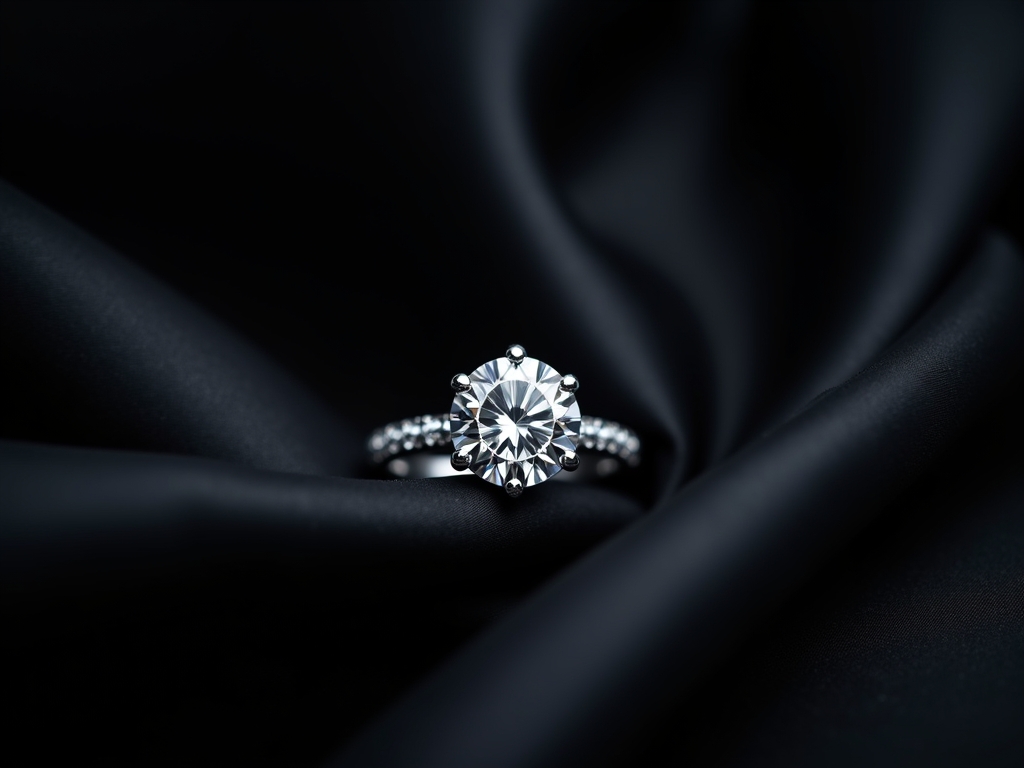
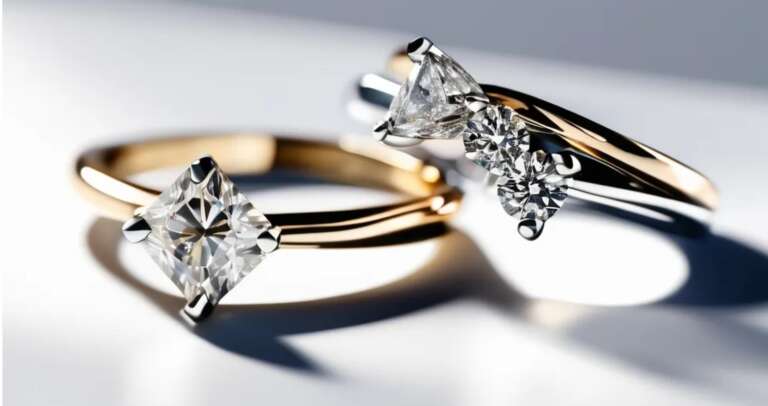
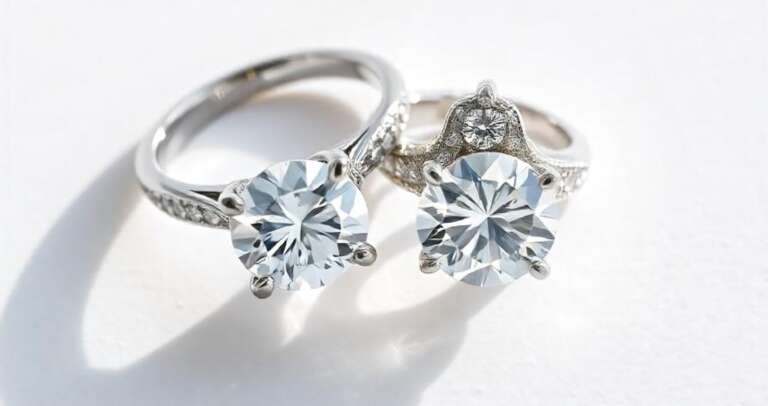
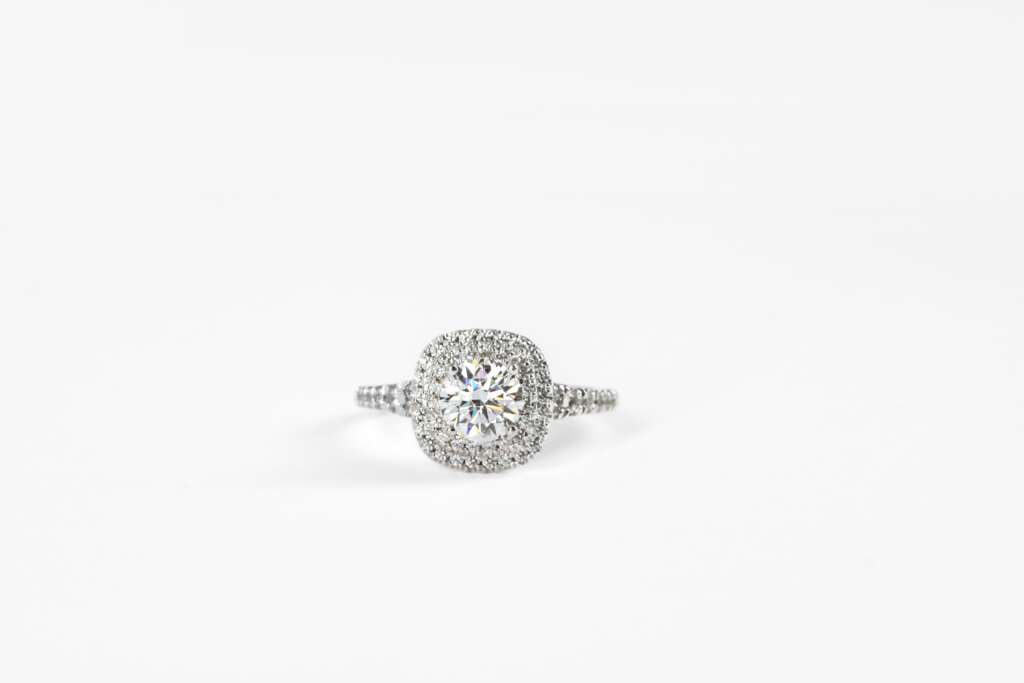


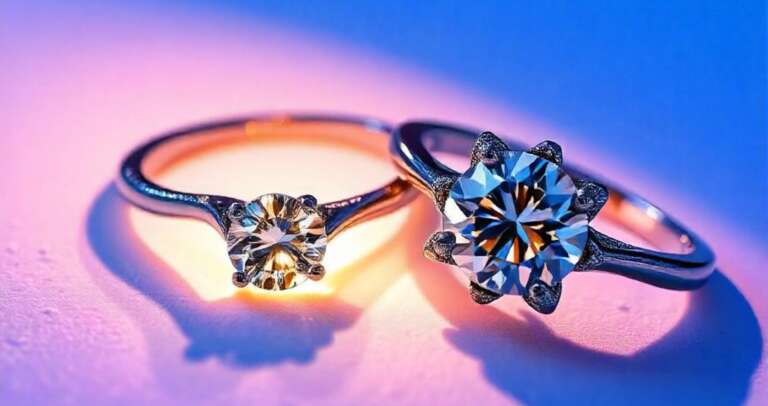
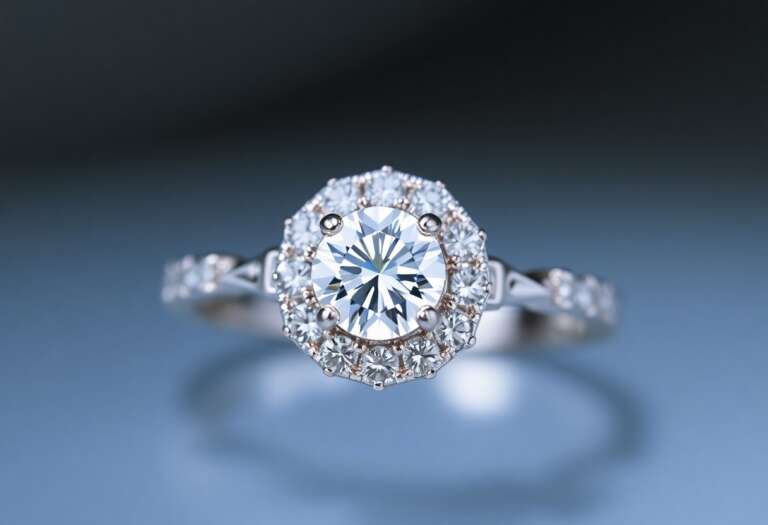
Leave a Comment